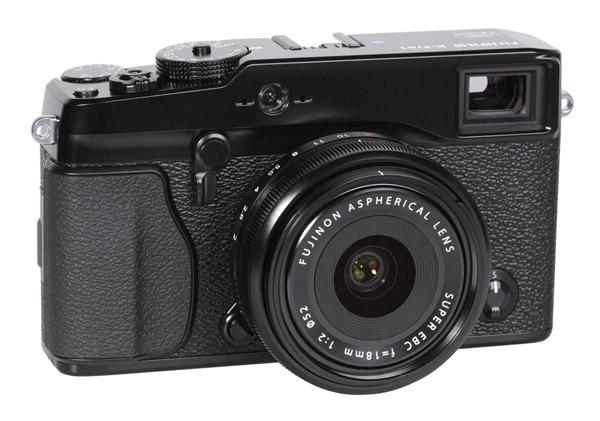Mirrorless Camera Reviews
Sort By: Post Date TitlePublish Date
|
Mar 12, 2013 |
First Published: Feb 01, 2013 |
|
Jan 24, 2013 |
First Published: Dec 01, 2012 |
|
Jan 17, 2013 |
First Published: Dec 01, 2012 |
|
Oct 09, 2012 |
First Published: Sep 01, 2012 |
|
Sep 13, 2012 |
First Published: Aug 01, 2012 |
|
Aug 10, 2012 |
First Published: Jul 01, 2012 |
|
Jul 09, 2012 |
First Published: Jun 01, 2012 |
|
Jun 28, 2012 |
|
May 25, 2012 |
First Published: Apr 01, 2012 |
|
May 09, 2012 |
First Published: Apr 01, 2012 |
|
May 03, 2012 |
First Published: Mar 01, 2012 |
|
Apr 09, 2012 |
First Published: Mar 01, 2012 |
















